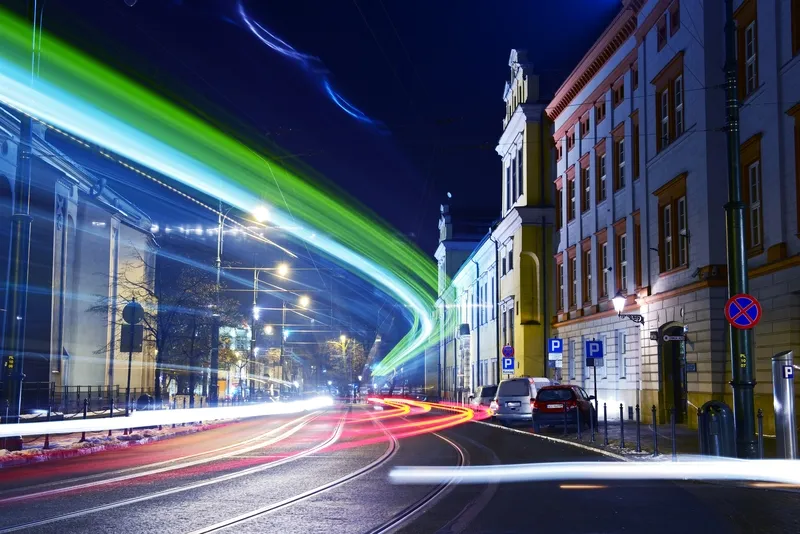The Mineta Transportation Institute has released a peer-reviewed research report, Low-Stress Bicycling and Network Connectivity. As part of its work, the research team created measures of low-stress bicycle route connectivity that can be used to evaluate and guide bicycle network planning. As a result, the team proposed a set of criteria by which road segments can be classified into four levels of traffic stress (LTS). The report includes a sample case study in which every street in San Jose, California, is
June 1, 2012
Read time: 3 mins
RSSThe 5277 Mineta Transportation Institute has released a peer-reviewed research report, Low-Stress Bicycling and Network Connectivity. As part of its work, the research team created measures of low-stress bicycle route connectivity that can be used to evaluate and guide bicycle network planning. As a result, the team proposed a set of criteria by which road segments can be classified into four levels of traffic stress (LTS). The report includes a sample case study in which every street in San Jose, California, is classified by LTS.
"For a bicycling network to attract the widest possible segment of the population, its most fundamental attribute should be low-stress connectivity," said Maaza C. Mekuria, one of the authors of the report. "In other words, we should be providing routes between people's origins and destinations that do not require cyclists to use links that exceed their tolerance for traffic stress, and that do not involve an undue number of detours. So we proposed and tested the practicality of a new way to define the bicycle network as the set of streets and paths that people consider acceptably safe for bicycling."
To fulfil a second goal, the researchers developed metrics for low-stress connectivity, or the ability of a network to connect travellers' origins to their destinations without subjecting them to unacceptably stressful links.
To make bicycling safer and more appealing, cities often make bicycle-related improvements to certain streets. However, those improvements do not necessarily represent the network of paths and streets that people deem safe enough to use. The LTS criteria can distinguish four levels of a street network's stressfulness, corresponding to identified user profiles, and they offer cities a way of mapping their bicycling networks according to which populations they serve rather than according to facility types. The research also highlights the importance of intersection approaches and street crossings in network connectivity.
The report includes several new analysis tools for visualizing connectivity, including stress maps, shortest-path trees, and maps highlighting barriers and islands. Illustrations and figures include examples of bike lanes, various stress maps, sample connectivity graphs, and more. Tables include levels of traffic stress for various configurations, distribution of centre-line miles by level of traffic stress, proposed improvements, and more.
The free 68-page report is available for download here.
"For a bicycling network to attract the widest possible segment of the population, its most fundamental attribute should be low-stress connectivity," said Maaza C. Mekuria, one of the authors of the report. "In other words, we should be providing routes between people's origins and destinations that do not require cyclists to use links that exceed their tolerance for traffic stress, and that do not involve an undue number of detours. So we proposed and tested the practicality of a new way to define the bicycle network as the set of streets and paths that people consider acceptably safe for bicycling."
To fulfil a second goal, the researchers developed metrics for low-stress connectivity, or the ability of a network to connect travellers' origins to their destinations without subjecting them to unacceptably stressful links.
To make bicycling safer and more appealing, cities often make bicycle-related improvements to certain streets. However, those improvements do not necessarily represent the network of paths and streets that people deem safe enough to use. The LTS criteria can distinguish four levels of a street network's stressfulness, corresponding to identified user profiles, and they offer cities a way of mapping their bicycling networks according to which populations they serve rather than according to facility types. The research also highlights the importance of intersection approaches and street crossings in network connectivity.
The report includes several new analysis tools for visualizing connectivity, including stress maps, shortest-path trees, and maps highlighting barriers and islands. Illustrations and figures include examples of bike lanes, various stress maps, sample connectivity graphs, and more. Tables include levels of traffic stress for various configurations, distribution of centre-line miles by level of traffic stress, proposed improvements, and more.
The free 68-page report is available for download here.









